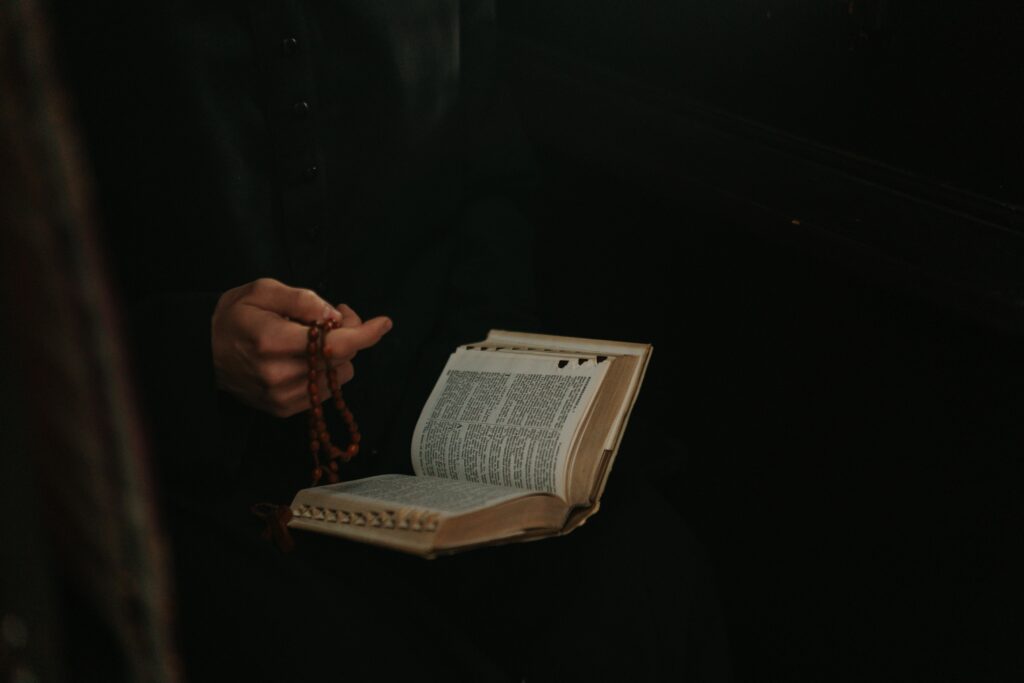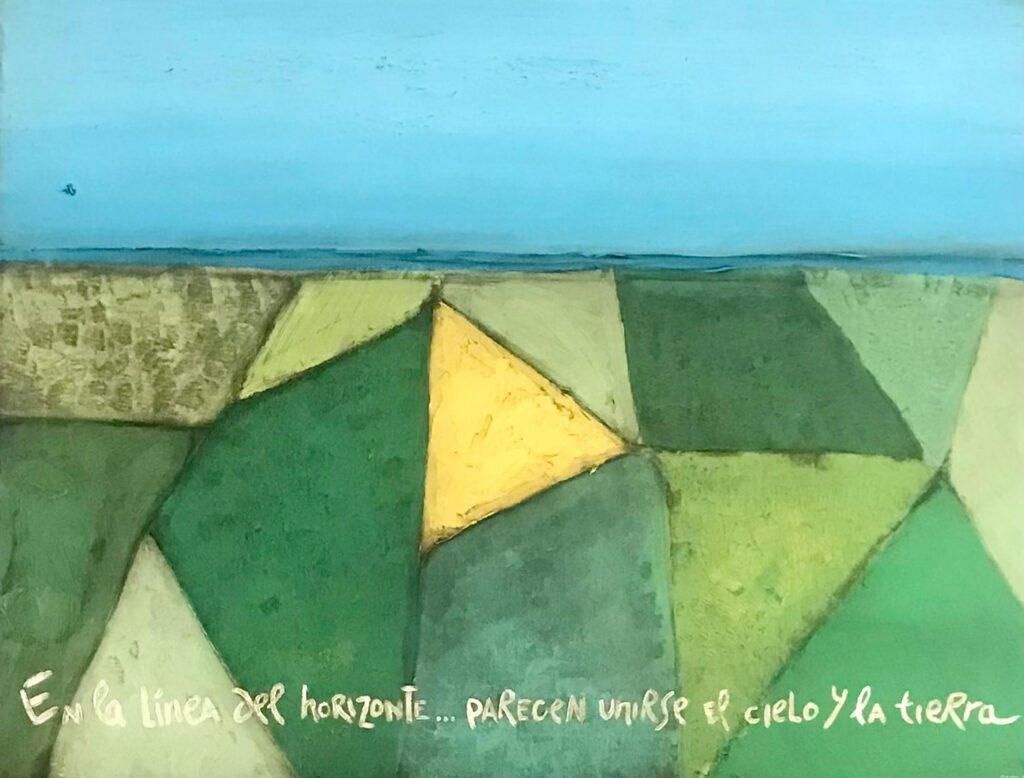Cardinal Arizmendi: Indigenous Liturgical Adaptations
Cardinal Arizmendi: Indigenous Liturgical Adaptations

Cardinal Felipe Arizmendi, bishop emeritus of San Cristóbal de Las Casas and responsible for the Doctrine of the Faith at the Mexican Episcopal Conference (CEM), offers readers of Exaudi his weekly article.
LOOK
Finally, the Dicastery for Divine Worship and the Discipline of the Sacraments, with the authority of the Pope, on November 8 of this year, granted the long-awaited recognitio of some liturgical adaptations for the celebration of the Holy Mass in the Tseltal, Tsotsil, Ch’ol, Tojolabal, and Zoque ethnic groups of the diocese of San Cristóbal de Las Casas. It is the official recognition of the Church by which these adaptations are approved as valid and legitimate; They are the liturgy of the Church, and not just customs and habits that are viewed with suspicion. This is very significant, because it is the second case in the entire post-conciliar history in which liturgical adaptations have been approved; the other was for the dioceses of Zaire, in Africa. These rites are a form of incarnation of faith in expressions that are very specific to these cultures. We did not invent them, but we adopted what they live and which is in accordance with the Roman rite. If there are deviations in some indigenous customs, we can help them to reach their fullness in Christ and in his Church.
Ritual dances were approved at the offertory, in the prayer of the faithful or in the thanksgiving after communion. They are not folklore, but simple movements of the entire assembly, monotonous, contemplative, accompanied by traditional music, and which express the same thing as the Roman rite, but in a different cultural form. The content of the Mass is not changed, but the way it is expressed.
It was approved that women, one, two or three, should carry out the ministry of incense bearers in the Mass, instead of the priest. Once he imposes and blesses the incense, she or they incense the altar, the images, the Gospel book, the ministers and the assembly. They do it not with the common censer, but with an incense burner proper to their culture. This is not a feminist claim, but something traditional in these indigenous peoples; it is usually women who incense in traditional prayers.
It was also approved that a lay person, man or woman, in some regions known as principal or principala, who are persons of recognized moral importance, lead certain parts of the community prayer, either at the beginning of the Mass, to initiate the community into the celebration, to name the intentions and to ask for forgiveness, or in the prayer of the faithful, after the priest makes the initial invitation and closes with the concluding prayer, or after communion as a thanksgiving, which the priest concludes with the post-communion prayer. This does not mean removing the priest from his service as president of the assembly, since he is the one who is at the head of the celebration, and he authorizes these moments. This lay person does not pray only in his own name, but rather promotes and guides the prayer of all. It is another way for the assembly to participate; the content of the Roman rite is not changed, but its cultural expression.
DISCERN
The Second Vatican Council, since December 4, 1963, had already promoted that there be adaptations in the liturgy. This is what the Constitution Sacrosanctum Concilium says on liturgical renewal:
“The Church does not seek to impose a rigid uniformity in those things which do not affect the faith or the good of the whole community, not even in the liturgy; on the contrary, she respects and promotes the genius and the peculiar qualities of the different races and peoples. She studies with sympathy and, if possible, preserves intact what she finds in the customs of the peoples which is not indissolubly linked to superstitions and errors, and sometimes even accepts them in the liturgy itself, provided that they can be harmonized with the true and authentic liturgical spirit. In revising the liturgical books, while preserving the substantial unity of the Roman Rite, legitimate variations and adaptations will be admitted for the different groups, regions, peoples, especially in the missions, and this will be taken into account in establishing the structure of the rites and rubrics” (Nos. 37-38). “In certain places and circumstances, a more profound adaptation of the liturgy is urgently needed, which entails greater difficulties… The adaptations that are considered useful or necessary will be proposed to the Apostolic See to be introduced with its consent” (Ibid 40).
In order to implement what the Council ordered, the then-called Congregation for Divine Worship and the Discipline of the Sacraments, on January 25, 1994, published the Fourth Instruction entitled The Roman Liturgy and Inculturation. Among other things, it says that “diversity does not harm its unity, but rather enriches it” (No. 1). “The liturgy of the Church must be able to express itself in every human culture, while preserving its identity through fidelity to the tradition received from the Lord” (Ibid. 18). “The liturgy, like the Gospel, must respect cultures, but at the same time invites us to purify and sanctify them” (Ibid. 19-20). “Diversity in some elements of liturgical celebrations is a source of enrichment, always respecting the substantial unity of the Roman Rite, the unity of the whole Church and the integrity of the faith that has been transmitted to the saints once and for all” (Ibid. 70).
In his exhortation Querida Amazonia, on February 12, 2020, Pope Francis:
“A necessary process of inculturation does not disregard any of the good that already exists in Amazonian cultures, but rather gathers it and brings it to fullness in the light of the Gospel” (No. 66). “This allows us to gather into the liturgy many elements proper to the experience of indigenous peoples in their intimate contact with nature and to encourage native expressions in songs, dances, rites, gestures and symbols. The Second Vatican Council had already called for this effort to inculturate the liturgy in indigenous peoples, but more than fifty years have passed, and we have made little progress in this direction” (Ibid. 86).
ACT
May this approval encourage the process to promote similar adaptations in other indigenous groups. To this end, we hope that bishops and pastoral agents will be interested in giving liturgical value to many Catholic expressions of our native groups, and not see them as simple folklore or remnants of times past, nor despise or condemn them as syncretism and paganism.
 (EN)
(EN)
 (ES)
(ES)
 (IT)
(IT)





